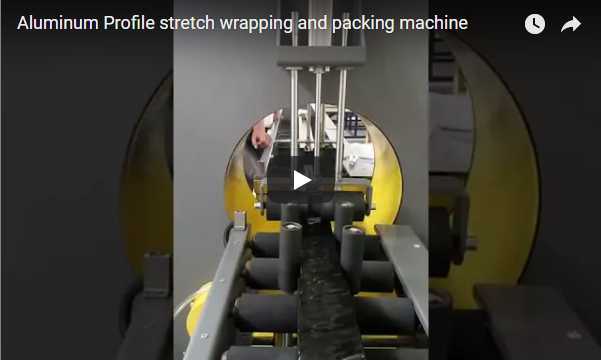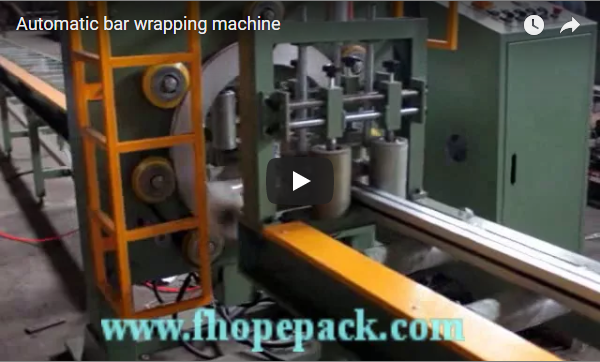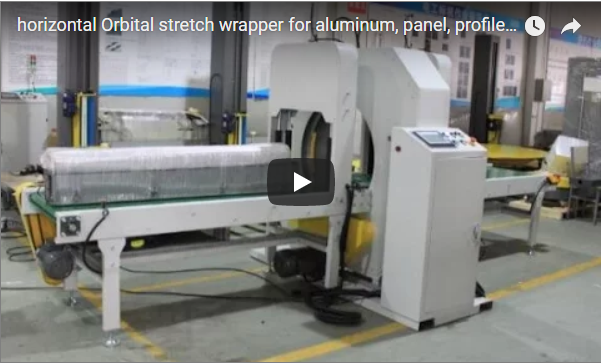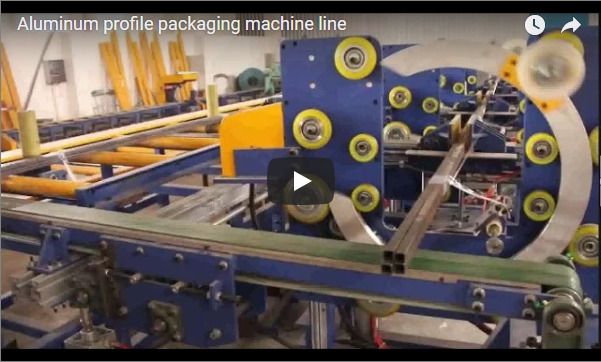How Can You Protect Aluminum Profiles During Manufacturing?
Scratched aluminum profiles ruin products. Customers reject damaged goods. Profits disappear. Surface defects cost time and money. You need reliable protection during production. This guide shows proven methods to safeguard aluminum surfaces.
Semi-automatic film applicators provide the best protection. They apply adhesive film precisely during handling. This prevents scratches and dents. Film acts like armor for delicate surfaces. Proper application saves money and keeps customers happy.

Aluminum needs special care in manufacturing. But why focus so much on protection? First, we examine why aluminum gets damaged easily. Then we explore traditional methods. After that, we see how modern solutions work. Finally, we discuss choosing the right equipment. Each section gives practical knowledge.
Why Are Aluminum Surfaces So Easy to Damage?
Aluminum scratches like soft butter. Even small bumps leave marks. Workers' tools cause dents. Conveyor belts scrape surfaces. These flaws ruin expensive products. You must prevent damage before it happens.
Aluminum damages easily because it's soft. The surface shows every impact. Anodized finishes scratch worse than raw metal. Thin profiles bend under pressure. Proper handling stops these problems.
Damage Sources in Production
Aluminum faces three main threats:
-
Handling damage
- Scratches from worker gloves
- Dents from improper stacking
- Fingerprints on polished surfaces
-
Machinery contact
- Conveyor belt abrasion
- Cutting tool marks
- Clamping pressure dents
-
Environmental factors
- Chemical stains
- Moisture corrosion
- Dust contamination
| Damage Type | Repair Cost | Frequency | Prevention Difficulty |
|---|---|---|---|
| Scratches | $10-$50 per part | Daily | Medium |
| Dents | $20-$100 per part | Weekly | High |
| Corrosion | $50-$200 per part | Monthly | Low |
Last year, a client lost $15,000 in rejected window frames. Workers handled profiles without protection. Every frame had visible scratches. We installed film applicators at key stations. Damage rates dropped 90% in two weeks. Aluminum shows damage clearly. Customers notice every flaw. Different alloys have different hardness levels. Thin sections need more protection than thick ones. Polished surfaces demand extra care. Good protection starts at the production line beginning. Don't wait until packaging.
What Traditional Methods Protect Aluminum Profiles?
Factories use old protection methods. Some work okay. Some fail completely. Each has strengths and weaknesses. You need the right method for your products. This prevents wasted time and materials.
Common traditional methods include paper wrapping, foam caps, and manual taping. Paper works for light protection. Foam protects edges well. Manual tape application is slow but flexible. These methods still help in some situations.
Traditional Protection Comparison
Paper Wrapping
- Cheap material cost
- Easy to apply
- Tears easily during handling
- Poor moisture protection
Foam End Caps
- Excellent corner protection
- Reusable sometimes
- Falls off during vibration
- Doesn't protect flat surfaces
| Method | Cost per Meter | Speed | Protection Level | Best For |
|---|---|---|---|---|
| Paper Wrap | $0.15 | 2 min/m | Low | Internal parts |
| Foam Caps | $0.30 per cap | 1 min/cap | Medium | Profile ends |
| Manual Taping | $0.40 | 4 min/m | High | Small batches |
Our factory used paper wrapping for years. It worked until we increased production speed. Paper tore on fast conveyors. Sticky residue stayed on profiles. We switched to film for high-speed lines. Traditional methods still help for special projects. Manual taping works for custom shapes. Foam caps protect sharp corners well. Use different methods for different needs. Match protection to product value. Cheap parts need less protection. Premium products demand better solutions. Always test methods before full production.
How Do Semi-Automatic Applicators Improve Film Protection?
Manual film application wastes time. Workers get tired. Consistency suffers. Semi-automatic machines fix these problems. They apply film perfectly every time. Your protection becomes reliable and fast.
Semi-automatic applicators give perfect film placement. They control tension automatically. The film sticks without bubbles or wrinkles. Speed increases while labor decreases. Quality improves consistently.
Machine Advantages
Precision Features
- Laser guides for straight edges
- Adjustable rollers for different sizes
- Tension control for smooth application
- Cutting systems for clean ends
Production Benefits
- 300% faster than manual work
- Film savings up to 20%
- Consistent quality across shifts
- Easy operator training
| Feature | Benefit | Impact |
|---|---|---|
| Non-scratch rollers | Protects soft surfaces | Zero finish damage |
| Quick-change guides | Under 2 minute changeover | Handles mixed production |
| Pre-stretch system | Reduces film use | Lowers material costs |
| Humidity sensors | Adapts to conditions | Reliable adhesion |
We installed our first FHOPEPACK applicator in 2021. A client made solar panel frames. Manual taping caused inconsistent coverage. The machine applied perfect film every time. Rejection rates dropped from 8% to 0.5%. Semi-automatic machines work best at key points. Place them after cutting but before polishing. Operators load profiles easily. The machine does the precise work. Maintenance is simple. Clean rollers weekly. Replace blades every 50,000 cycles. Document settings for each profile type. This ensures repeatable quality.
What Features Matter in Film Application Equipment?
Choosing wrong equipment causes problems. Machines jam constantly. Film wastes money. Workers get frustrated. You need the right features for your needs. This makes production smooth and efficient.
Key features include profile adaptability, speed control, and safety systems. Size adjustments handle different profiles. Speed settings match production pace. Safety sensors protect workers. These features prevent headaches.
Essential Selection Criteria
Size Flexibility
- Adjustable width guides
- Height accommodation range
- Profile shape adaptability
- Quick change systems
Performance Factors
- Application speed range
- Film tension control
- Cutting accuracy
- Energy consumption
| Feature | Basic Model | Professional Model | Premium Model |
|---|---|---|---|
| Max Width | 150mm | 300mm | 500mm |
| Speed | 5m/min | 15m/min | 30m/min |
| Tension Control | Manual | Semi-auto | Full auto |
| Changeover Time | 15 min | 5 min | 90 sec |
A furniture maker bought cheap equipment last year. It couldn't handle their wide profiles. Workers modified it dangerously. We replaced it with proper FHOPEPACK machines. The adjustable guides handled all sizes. Consider your future needs. Will you make bigger profiles? Choose expandable systems. Check film compatibility. Some machines only handle certain thicknesses. Get demo units before buying. Test with your actual profiles. Measure film savings accurately. Calculate labor cost reductions. Good equipment pays back quickly.
Conclusion
Protect aluminum profiles with semi-automatic film applicators. Choose flexible, efficient equipment. Prevent damage and save costs. Good protection ensures quality products.





